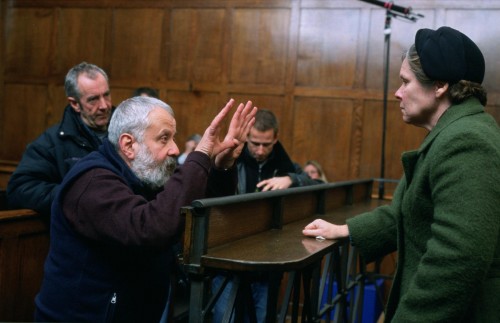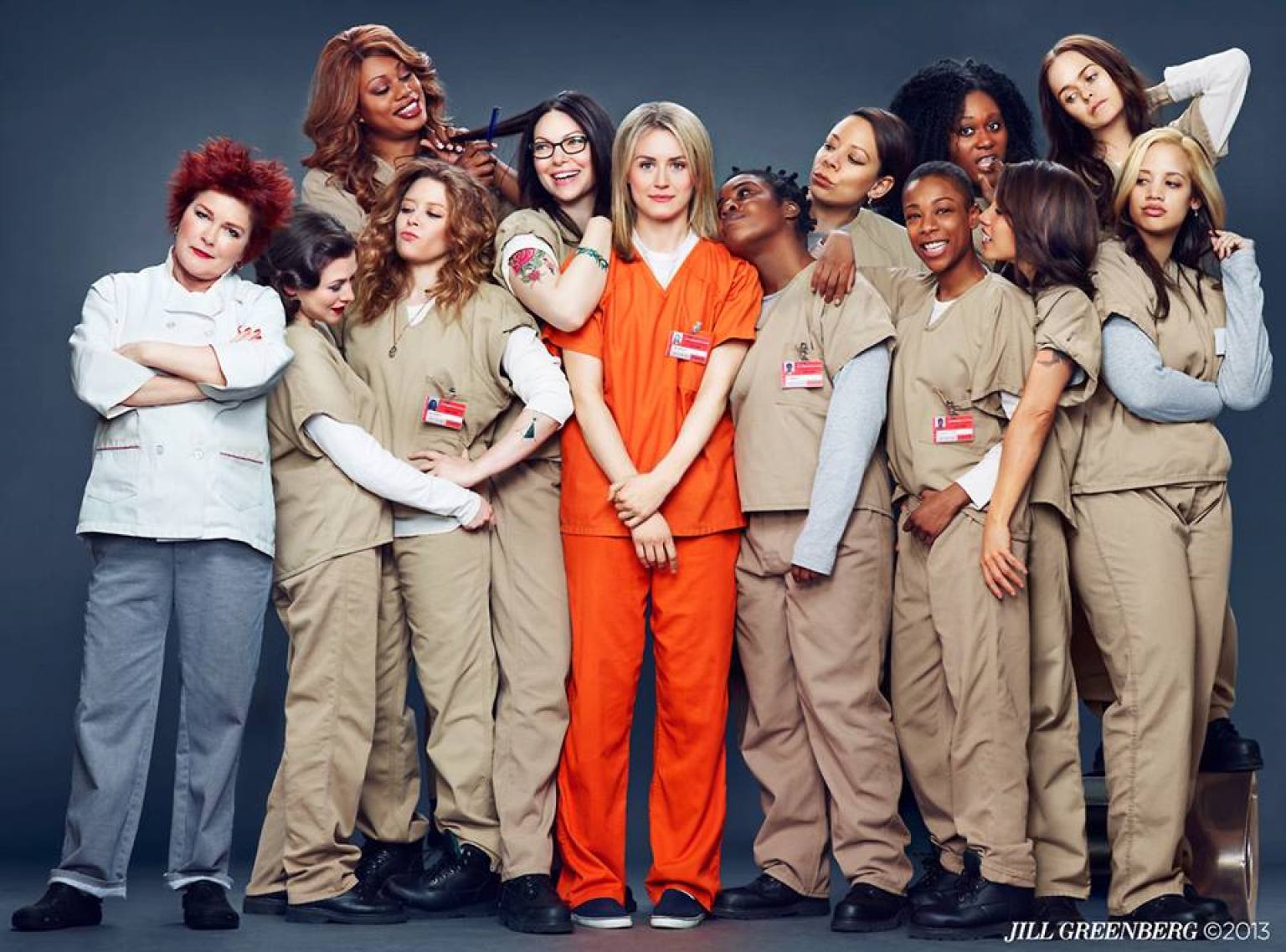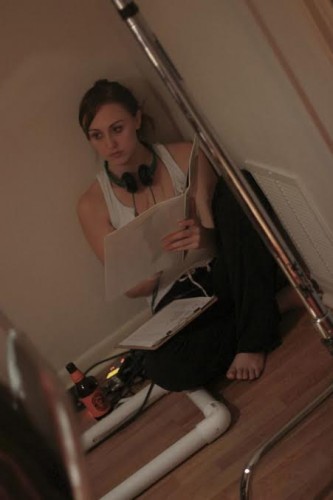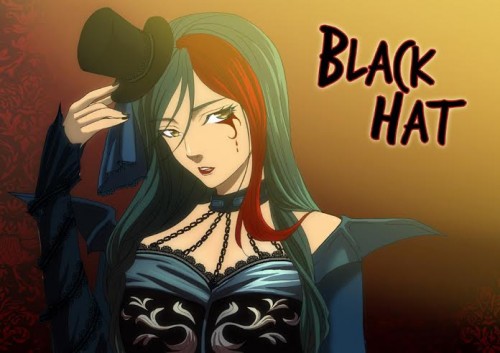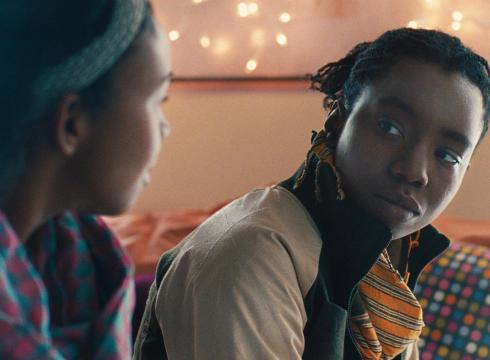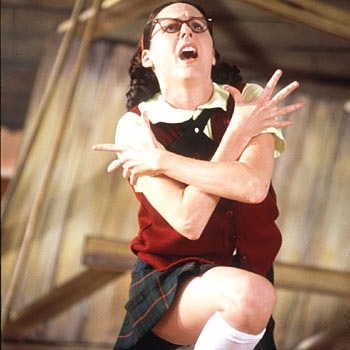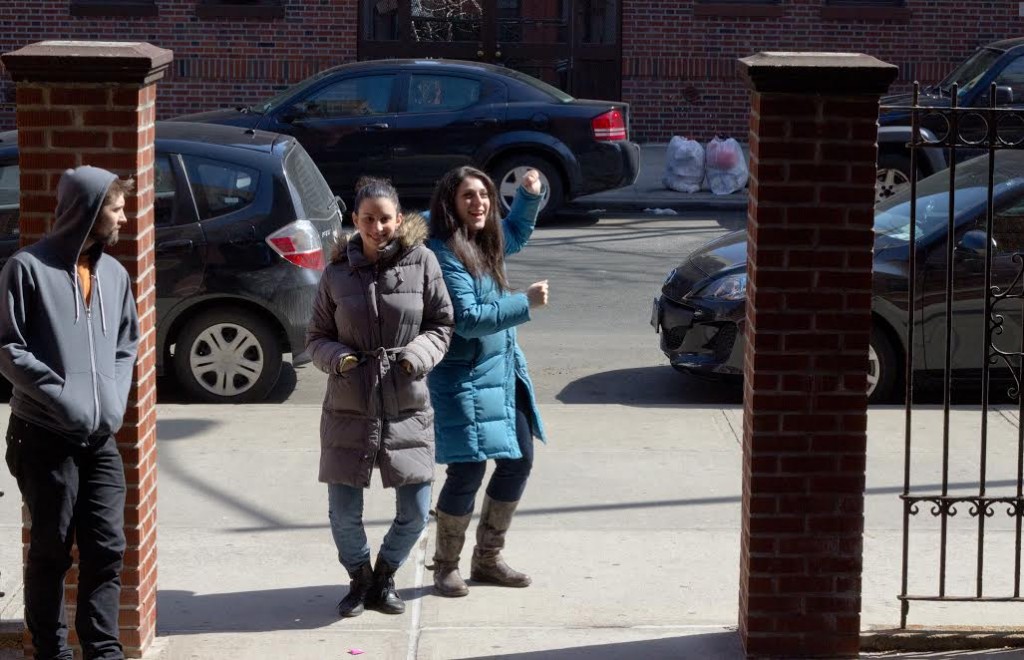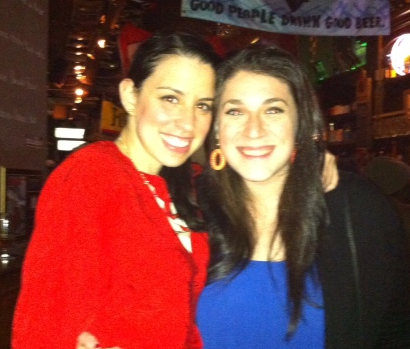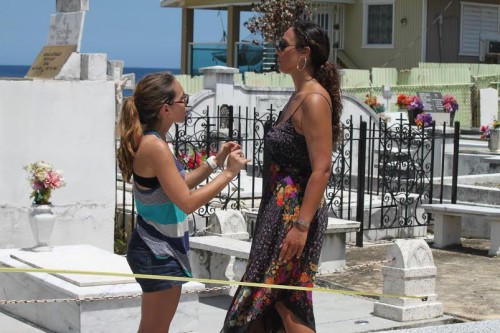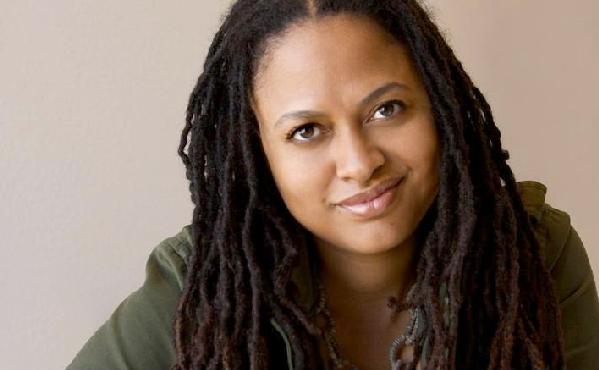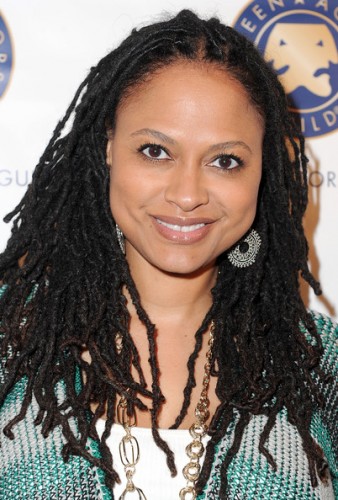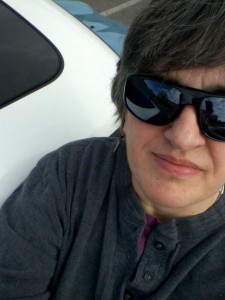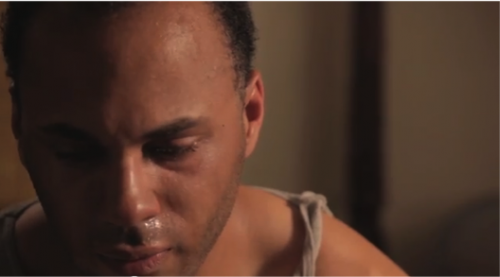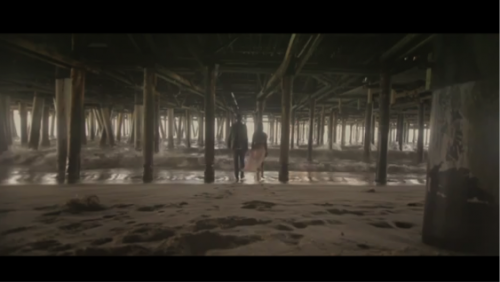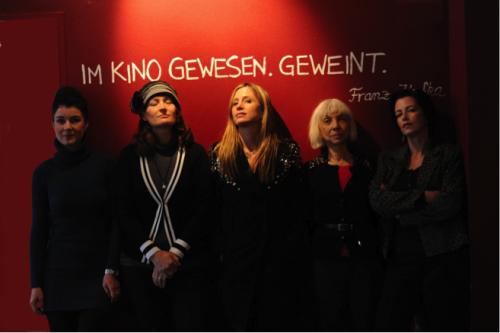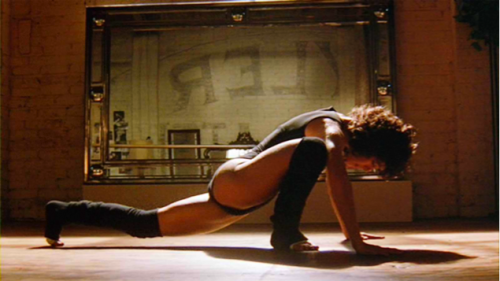This is a guest post by Nathan Williams.
I’m a white, straight, cisgender male. There is no more over-represented perspective than mine. So what are my words doing here?

I’m writing today to ask you not to let me off the hook.
I try to be a decent person and a thoughtful film artist. I frequently write films with complex female protagonists, attempt to defy expectations and stereotypes, and cultivate a team of collaborators that both is diverse and thinks diversely. A huge reason I choose to work with Seed & Spark for crowdfunding my first feature, If There’s a Hell Below, is because of the awesome team of women running the show there.
I am immensely proud to be working in the Pacific Northwest, a filmmaking community where our biggest success stories right now are women (Lynn Shelton, Megan Griffiths, Dayna Hanson, Tracy Rector, Mel Eslyn, Lacey Leavitt–not to mention the dozens of super-talented women who are on their way). I consider myself a feminist, and strongly support women’s legal, social, and economic rights. And I passionately believe all of us–especially us straight white males–benefit when our community of film artists is comprised of a richer, stronger, broader spectrum of voices.

But I’m asking you not to take my word for it. Too often people in positions of privilege are given a pass because they seem to have the best intentions. And I don’t just seem to, I really do have the best intentions!
But the fact remains that I have worked exclusively with white male cinematographers since leaving film school and will do so again for my first feature. The cast of my new movie is 60 percent male and (so far) entirely white. My producers are both men, as is my co-writer (my brother).

Now, I can offer all sorts of justifications–my relationship with my present cinematographer, for instance, is a long and fruitful one. But that’s the thing about internal biases–you can find plenty of perfectly rational explanations for your biased actions.
I don’t forsake responsibility for doing the right thing–it’s my obligation, of course, not yours–but I’m asking you to help hold my feet to the fire. Please, ask me: did you seriously consider other DPs for the job? (No.) Did you audition actors of color? (Yes.) Why didn’t you cast them? (Good question.) Did you consider the impact to your story if you changed male characters into women, and vice versa? (Yes.) Does your movie pass the Bechdel Test? (By the skin of its teeth). How about the way you treat the threat of violence towards women in the film–are you sure you aren’t indulging in objectification? (I hope not.)
I am acknowledging these flaws and my struggle to improve not to earn your validation (until my actions merit it, I don’t deserve it), but because I want to be your partner in making this medium better for all of us. I am not asking you to make me better, I am reaching out to tell you I want to be a part of making what we all do better.
Because I look forward to the day when I don’t see the the ranks of “Great Directors” filled with old versions of my face, when Netflix carries as many films from Nigeria as from France, when entire departments on film sets aren’t completely homogeneous, when great lead roles for people outside of my demographic don’t draw amazement, when the voice of my own films isn’t one of power and privilege but instead is just another diverse voice in a vibrant crowd. Because I think then our great democratic art form will start fulfilling its promise.
Nathan Williams is a filmmaker based in Portland, Oregon. He’s currently raising funds to make his first feature film, If There’s a Hell Below.
